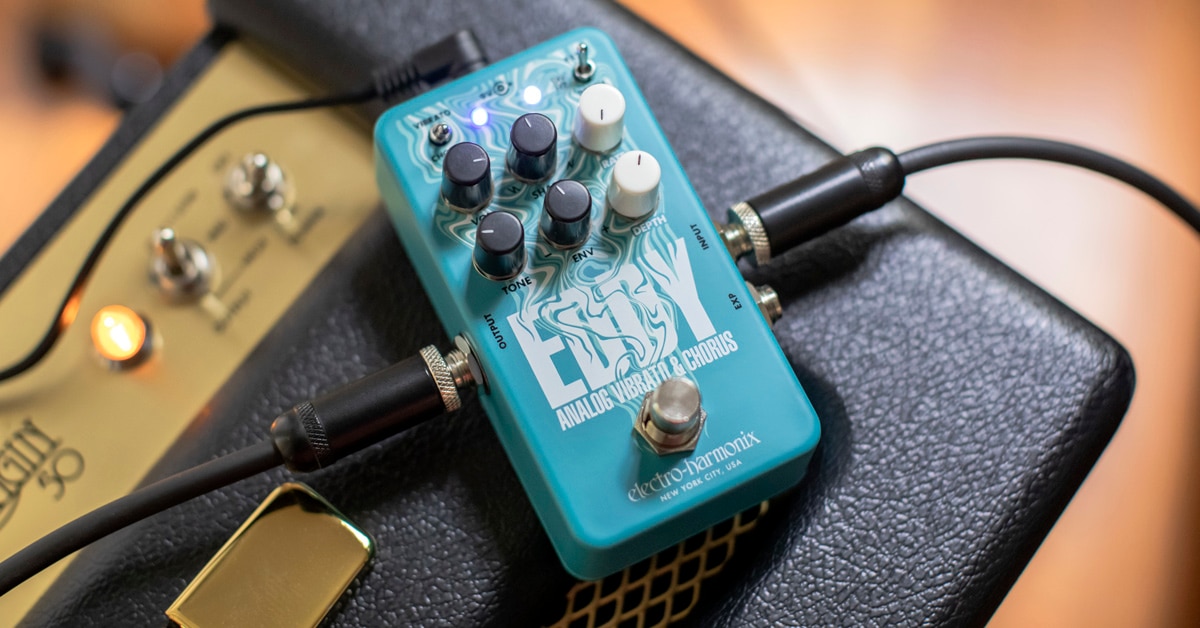

I explain how a reverb effect processor can be used to create a chorus effect. I explain how each chorus plugin works making sure to explain all the various parameters on offer. In the Chorus Effect – what is it and how does it work video I use a vocal recording and run it through various chorus effect plugins. The result is interesting in that one channel will have frequency peaks whereas the other channel will have frequency dips. Stereo chorus is even more interesting and dynamic and works by inverting the polarity of the delayed signal and combining it with the dry signal in one channel whilst keeping the polarity the same for the delayed and dry signals in the other channel. Although chorus can thicken and widen a sound it can also push it into the background, so you need to be wary of the rate and depth of modulation particularly when using it for these purposes as opposed to using it for a specific colour.


Whereas flanging will take the output and feed it back into the input (feedback) chorus does not adopt this process creating a far more subtle shimmering effect.Ĭhorus is often used on guitars, basses (mainly acoustic) and keyboard sounds like electric pianos and so on. A sine wave shape will give a smoother cyclic effect, and is the most common LFO shape for chorus and flanging, as opposed to a square or pulse waveform which will have an extremely distinct effect as it cyclically switches between two delay times. The modulator shape is also critical as the shape denotes the periodic (unless chosen otherwise) cycling of the modulation destination. The relationship between rate and depth is very important and it is about finding a good balance between the two when processing sounds. The rate can have a dramatic effect on the chorus as slow rates create a more undulating and smoother effect whereas fast rates will create a speeded up wobble effect. Too much depth when using chorus can sound as if the output is detuned whereas too little depth can make it sound less and less pronounced. The rate determines the speed at which these maximum to minimum shifts occur. The modulation depth is defined as intensity which is the range between the maximum and minimum values. The pitch is modulated using an LFO as the source and both the depth and rate are used to create varying ‘colours’ or textures of the effect. With chorus, an equal mix of the wet and dry signal is used with the wet signal being delayed and pitch modulated. With effects such as chorus, flanging, phasing and vibrato pitch modulation is used along with delay.

Chorus Effect – what is it and how does it work video tutorial covers in-depth everything you will ever need to know about this wonderful effect and how to use it.


 0 kommentar(er)
0 kommentar(er)
